Life as an ‘ID trainer for the Future’ has been fully packed with a variety of activities and information.
We have had an amazing experience at the Natural History Museum so far. We kicked off at the beginning of March with a very warm welcome from the Museum, both from our introductions and tours at the Angela-Marmont Centre (AMC) and the NHM Big Welcome. We were introduced to a variety of departments, libraries and collections.
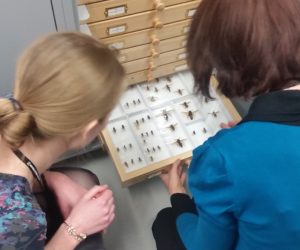
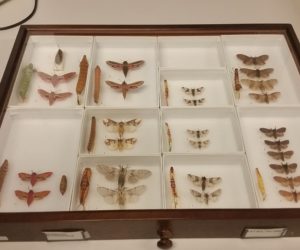
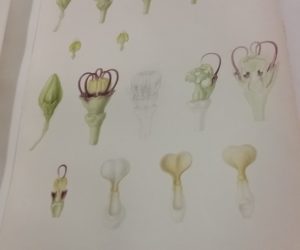
The highlights for us were seeing the Integrated Pest Management (IPM), botanical library, tank room and the British herbarium and British invertebrate collections. On the IPM tour it was really interesting to learn about the different techniques that are used, while avoiding chemicals, to keep pests like the biscuit beetle out of our collections. The importance of this was brought home to us seeing the damage that could be done within a very short space of time. The botanical library was stunning. Not just for the vast amount of knowledge and historical significance tucked away in those shelves, but also for the volumes of marvelous botanical art. We were all taken aback by the skill and anatomical detail these paintings showed. Between the tank room, herbarium and invertebrate collections we saw a variety of ways in which we should preserve specimens. From the smallest flies dry and pinned, to sharks submerged in ethanol. These varieties in preservation techniques are really important to insure that the specimens can be identified and used for decades to come.

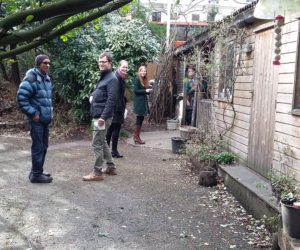
The wildlife garden has been a fantastic place for us to practice different survey techniques with the added bonus of contributing to records there. We are looking forward to spending more time there as the year continues.
The team at the AMC have been incredibly welcoming. We feel part of the team since we have been attending meetings and helping out with various projects, such as verifying photo identification for the OPAL bugs count, reorganising the AMC library, helping prepare survey packs for the Earthworm watch survey. We have also been getting ready for the upcoming BioBlitz’s at Brompton cemetery (27th – 28th May) and Tring (18th June) as well as the Nature Day at the Gilbert White Museum (28th May). We are also looking forward to helping manage the identification Twitter account, which will mean we have more interaction with members of the public while improving our identification skills and networking with experts around the Museum.
Throughout Phase 1 of our traineeship we have been introduced to topics relevant to identification and going out and recording. Our first was an introduction to taxonomy and keys, which really helped us to understand the process that taxonomists use in applying a name to a species as well as the different methods of forming keys. We soon discovered between us that we all had varying success with different keys, and that it was really important to try out a variety of keys with each group to find which one best suited us individually. On top of all this we had the pleasure of visiting the Museum of Tring, The Linnean Society and the Biological Records Centre (BRC). The team at Tring were very welcoming and showed us around the amazing collections that they have, from fleas with clothes to their egg collection, and of course their outstanding bird specimen collection.
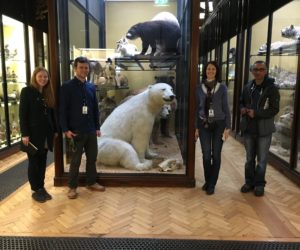
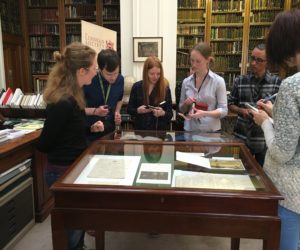
Our trip to The Linnean Society was jaw-dropping with so much history and knowledge in one building. We are now always on the lookout for days we are free to go back and listen to one of the many lectures and debates available to the public at The Linnean Society.
We have learned so much over the last two months and are all feeling more confident about going into the next phase of the traineeship where we will be doing identification workshops across difficult groups, such as bryophytes and hymenoptera. We will also be starting our placements with the Field Studies Council (FSC), which we are all very excited about!
We can’t wait to get going with Phase 2 of the ID Trainers for the Future traineeship.
Written by Sophie Trice
